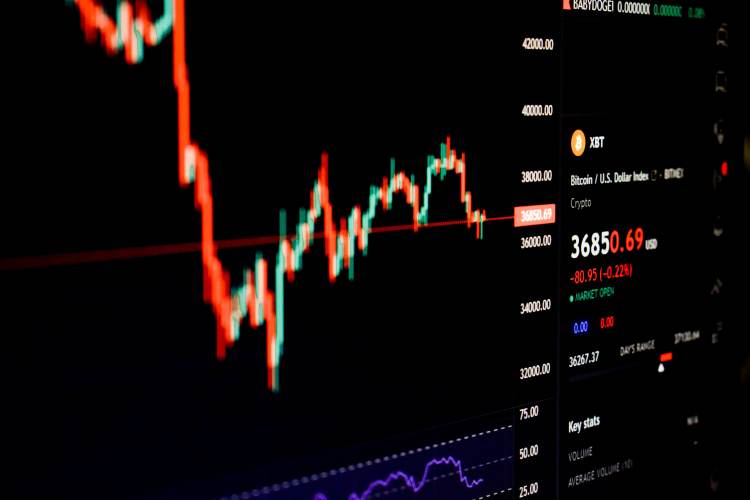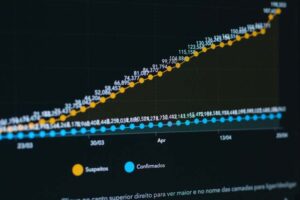
For policymakers, economic indicators such as GDP, inflation, and industrial output serve as essential tools for decision-making. But as consumption patterns, technology, and business structures evolve, these metrics must be refreshed to reflect current realities. India is now preparing such a refresh of its core economic indicators, scheduled for early 2026.
The ministry of statistics and programme implementation (MoSPI) is preparing a completely revised suite of indicators — a real GDP series with 2022-23 as the base year, an updated retail inflation measure with new weights and items, a rebased industrial production index, and for the first time, a dedicated services sector output index. These changes mark the most comprehensive overhaul of India’s macro statistics in more than a decade.
The revision of economic indicators seeks to mirror how Indians now earn, consume, and invest. The real GDP exercise is pivotal. Since the last revision in 2015, which adopted 2011-12 as the base, the structure of the economy has transformed. The services sector now contributes more than half of output, digital platforms and logistics networks have expanded rapidly, and consumption has shifted from basic staples to smartphones and streaming subscriptions. Using 2011-12 prices increasingly distorts the economic picture. The new base year of 2022-23 will bring constant-price GDP reporting up to date.
READ I Private sector slowdown signals a gear shift, not crisis
Updating inflation and production measures
Inflation measurement is also being revamped. The current Consumer Price Index (CPI) uses 2012 weights and outdated item structures. The new series will draw on the latest household-consumption survey and incorporate price information from e-commerce platforms such as Amazon and Flipkart. This will align inflation measurement with how Indians actually spend — less on subsidised food, more on streaming, logistics, and online purchases.
The revision of economic indicators such as inflation weights and consumption patterns will lean heavily on findings from the recently completed Household Consumption Expenditure Survey (2022-23), the first in more than a decade. This survey offers a detailed snapshot of how households spend across income groups and geographies. Its integration into the new CPI framework will ensure that price movements reflect the real economy rather than an outdated consumption mix. The survey data will also feed into GDP estimation, strengthening both household-sector and private-consumption measures. For the first time, the spending behaviour of urban digital consumers and rural households will be captured on the same statistical canvas.

Meanwhile, the Index of Industrial Production (IIP) will be rebased to 2022-23 or close. Most critical of all is the introduction of a quarterly services sector output index — a long-standing gap in India’s statistical system given that the services economy is now the largest component of GDP.
The design of the new services sector output index will mark a methodological leap. MoSPI is expected to draw on GST returns, e-invoice data and digital-payments volumes to track activity across transport, retail, finance, healthcare and professional services. This data-driven approach should yield timelier estimates than traditional surveys and help capture growth in platform-based and online services that currently elude measurement. A quarterly release cycle will also give policymakers a closer read on employment and productivity trends within India’s fastest-growing economic segment.
Implications for growth, inflation and credibility
With this update, policymakers will gain fresher, more relevant signals of growth, inflation, and structural change. The new weights and series will close key gaps in current data. However, the transition carries risk. One obvious question is whether India’s growth rate will appear weaker under the new base. Experience suggests it might. When the 2011-12 base was introduced in 2015, growth rates were revised and sector weights shifted. With 2022-23 as the new base year for economic indicators, growth numbers may be revised downward or appear more moderate than the currently rosy picture — especially since the base year coincides with a post-pandemic recovery year.

For markets and policymakers, that change in economic indicators could have consequences. If GDP growth or industrial output appears weaker, the perception of momentum may falter even if the underlying economy remains steady. That could dent investor sentiment, weigh on credit ratings, and test the credibility of macro management. A pause in exuberance may translate into caution in investment, tighter fiscal or monetary expectations, or increased scrutiny of growth drivers.
Base year revision for economic indicators
Every base-year revision of economic indicators brings the delicate task of recreating a back-series of GDP data to preserve continuity. When the 2011-12 series replaced the earlier base, the retrospective growth rates for the previous decade were sharply revised, triggering political controversy. A similar exercise will follow the 2022-23 rebasing. Economists will closely watch how the historical series aligns with newer methods and data sources such as GST filings and corporate balance sheets. The exercise is as much about technical rigour as it is about maintaining public confidence in official statistics, since any large restatement of past growth can colour perceptions of policy success or failure.
In terms of inflation, recalibrated weights and the inclusion of previously under-measured spending could either raise or lower headline inflation. If streaming, digital services and e-commerce items — whose prices often fall — gain greater weight, inflation may ease somewhat. But if new items reflect higher volatility, headline inflation might climb. Either way, surprises cannot be ruled out, and central banks dislike surprises.
From the public-confidence standpoint, this is a moment of truth. Statistical credibility has been a recurring concern in India: methodological changes without adequate explanation, time-lags in surveys, and reliance on old weights have all fostered scepticism. On the flip side, if MoSPI delivers as promised — broadening data sources, explaining shifts, and maintaining continuity — this reform could boost confidence in India’s statistical architecture, both domestically and internationally.
In the coming months, analysts and decision-makers must tread carefully. Both old and new series may run in parallel, and back-series may be restated, making direct comparisons hazardous. Analysts should avoid using new-base data and old-base series interchangeably in straight-line comparisons. They must also look beyond headline numbers: sectoral weight shifts, how deflators are constructed, and where growth is driven will all matter. Policymakers — whether in the Reserve Bank of India, the finance ministry, or state governments — must resist overreacting to what may simply be statistical transitions rather than real economic shocks.
The coming months will reshape how India understands its own economy. It was certainly high time that the statistical mirrors were polished.
